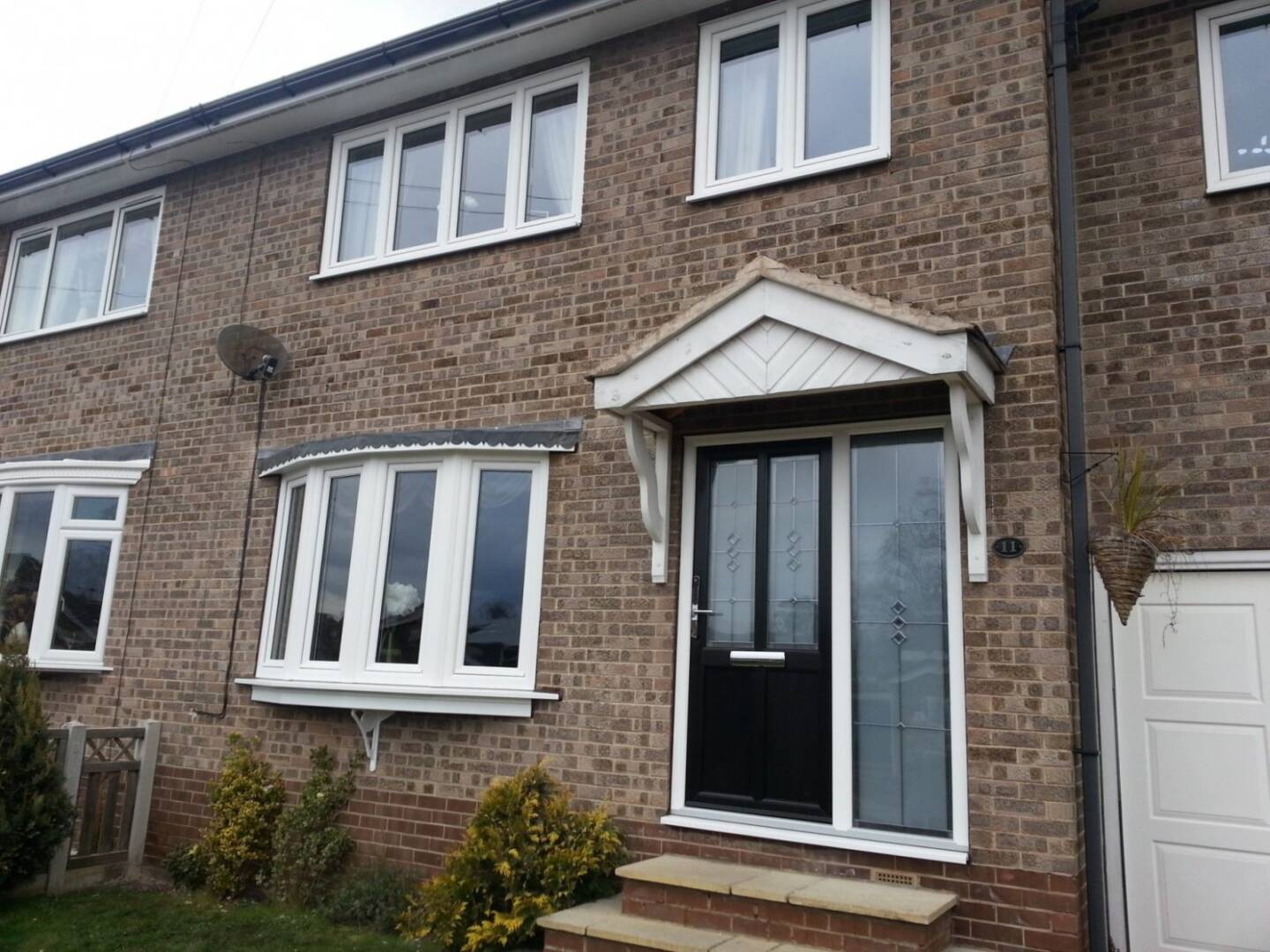If we were to pluck out of thin air a product in our industry that has an almost universal disliking by the general public and a good proportion of the industry too, I’m guessing it would have to be trickle vents. That little flap of plastic inside and outside our lovely new windows. And while I fully respect the businesses and companies that make them and run their business on the back of the product, there are still many reasons why people hate to have them on their windows.
They don’t look great
Imagine it. A really nice house has some really nice new windows and doors installed. And then they have these rather unsightly plastic flaps on the inside and outside of the tops of the windows. They take something away from the look of the whole installation.
Not every window has to have them of course. If existing windows don’t currently have them then the replacements don’t need to have them either. But if you’re building a new home, for example, you’ll need them on every single one. I know when I tell my customers that and show them what a trickle vent is, they are less than impressed.
They just don’t look that good. I know some companies have come up with a way to conceal them on the outside, which does a job I suppose. But you’ll always see them on the inside of the windows, you can’t get away from that. If there was a way to make them look genuinely attractive and look like part of the window rather than just some slapdash addition to get past an archaic building regulation then it might be a different story.
Customer’s don’t use trickle vents
As a general rule, we always stress the importance of ventilation to our customers at my place. We always explain why it’s good to open windows and doors and get the fresh air in. We also show them the lockable night vent position available on all of our windows. And therein lies the other problem for trickle vents. When homeowners want ventilation in their home, they will just open a window or door.
Long term habits of people who own homes are to just open windows when required. The idea of having these plastic strips covering holes over windows to allow a constant draft seems odd to a lot of people. It is just more natural to open a window when someone wants ventilation.
I think I can count on one hand the number of customers I have had tell me that they genuinely use the trickle vents on their windows.
They let in noise and let heat out
I remember selling a house full of windows to a lady a few years ago. She lived near a motorway but insisted on having trickle vents in her new windows. She didn’t have them in her old windows, but she was adamant she wanted them on the new ones. I tried politely to explain to her that if she has them in, she would hear all the motorway traffic all the time. She ignored me. Four weeks after we installed the new windows we went back to seal them up!
They’re terrible for noise, and they’re not very good at keeping heat in either. What has always confused me is that we are encouraged as an industry to make our products as efficient as possible, keeping as much heat in as they can. Yet on the flip side of the coin building control insist on having them on new build properties and on new windows where old windows had them previously. They leak heat!
I don’t think I’ll ever be converted to like the product. I don’t think homeowners will ever be converted to like the product. I understand why they exist, but they don’t provide many good reasons for people to use them.
UPDATE – 5/5/21:
The above is an opinion piece on trickle vents. A new article has been published on DGB with up to date information on trickle vents, their use, the reasons for their use and how new regulations set to be unveiled in the Future Buildings Standards will see trickle vents used more often in fenestration. Please visit this link to find out more: https://www.doubleglazingblogger.com/2021/05/trickle-vents-all-you-need-to-know/






Regards you above statement ‘ If existing windows don’t currently have them then the replacements don’t need to have them either’ as a member of Certass we have been advised on a audit of our works that all properties built post 1991 should have vents in them. If we were to install to a property built say in 1995 that did not have vents and we did not allow vents then we would fail out audit inspection. We used to take your thought that if they don’t have them we do not need to have them, however, having our auditor… Read more »
I could not agree more with this article. More and more customers are asking us if we can “forget to put them on their order” I wish we could do this! I think the best start would be to have some decent quality ones. That may just help! We live in an age of saving energy, trickle vents seem to be opposed to this!
Our 1898 house has solid walls and single glazed windows which need replacing with new doublw glazed windows. I know we do not have to have trickle vents, but is there a serious risk of rooms becoming damp through condensation if we don’t.
Put them in the bathroom window – can be retrofit. Big source of damp, any external noise then doesn’t really matter and if you keep the bathroom door shut any cold mainly stays in there. Could add some instant heat source in the bathroom to compensate, e.g. fan.